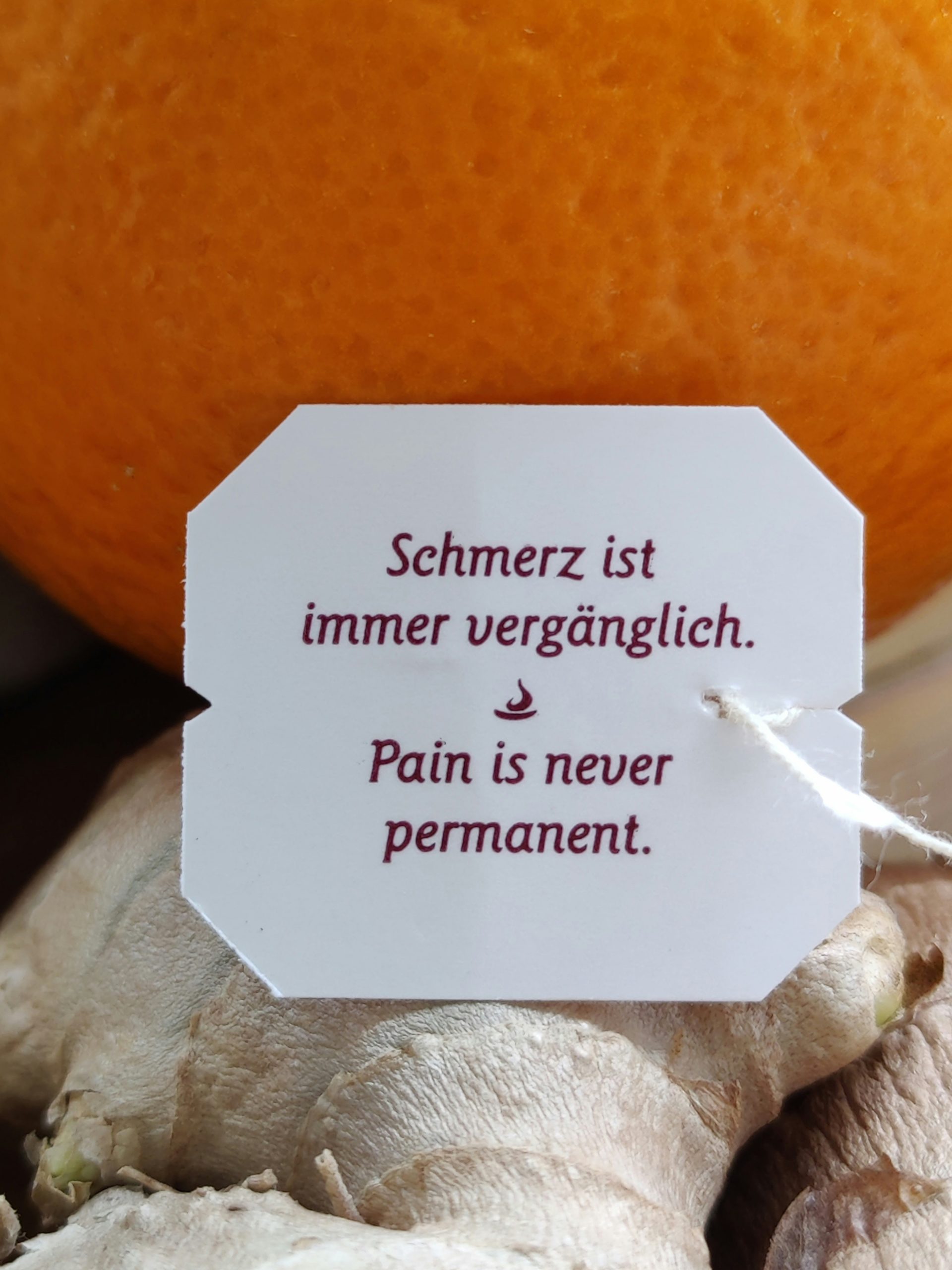Understanding Pain: Types and Mechanisms
Pain is a complex, multifaceted experience that can be categorized into several types, notably acute, chronic, nociceptive, and neuropathic pain. Acute pain typically arises suddenly, often as a direct response to injury or illness, and serves as a protective mechanism that alerts the body to potential harm. This type of pain is generally short-lived and resolves as the underlying cause is treated.
Chronic pain, in contrast, persists beyond the expected period of healing, often lasting for months or even years. It may result from an initial injury or arise due to ongoing medical conditions that alter the body’s normal pain processing mechanisms. Chronic pain can lead to significant physical and emotional distress, affecting a person’s quality of life.
Nociceptive pain is another classification that arises from damage to bodily tissues. It is typically categorized as somatic or visceral pain. Somatic pain is felt in the skin, muscles, or joints, while visceral pain originates from internal organs. This type of pain can be sharp or dull and is often associated with inflammatory processes. Neuropathic pain, on the other hand, stems from damage or dysfunction in the nervous system itself. Conditions like diabetes, multiple sclerosis, or traumatic nerve injury may lead to this type of pain, which is often characterized by sensations such as burning, tingling, or electric shock.
Understanding the physiological mechanisms behind these various types of pain is essential for accurate diagnosis and effective treatment. Pain is not just a symptom; it is a complex interaction between the nervous system and the body’s physiological response to injury or illness. Therefore, a comprehensive approach to pain management must take into account the specific type and underlying causes of pain, enabling healthcare providers to tailor treatment strategies that effectively address the needs of the patient. Accurate diagnosis is crucial for optimizing interventions and improving patient outcomes.
Conventional Pain Management Techniques
Conventional pain management techniques primarily encompass both pharmacological and non-pharmacological approaches, providing a multifaceted strategy for addressing pain. Pharmaceutical interventions include non-steroidal anti-inflammatory drugs (NSAIDs), opioids, and a range of adjuvant medications aimed at reducing the perception of pain. NSAIDs, such as ibuprofen and naproxen, are commonly utilized for mild to moderate pain, particularly due to their anti-inflammatory properties. While generally effective, they may present side effects, including gastrointestinal issues and cardiovascular risks, particularly with long-term use.
Opioids, such as morphine and oxycodone, are reserved for more severe pain circumstances. Despite their effectiveness in pain relief, their risk of addiction and the potential for side effects, including sedation and respiratory depression, necessitate careful consideration and monitoring by healthcare professionals. Adjuvant medications, such as antidepressants and anticonvulsants, can also play a key role in managing neuropathic pain, offering additional avenues for treatment where conventional analgesics may fall short.
In addition to pharmacological strategies, traditional non-pharmacological interventions also hold significant value in pain management. Physical therapy is often recommended to enhance mobility and reduce pain through tailored exercises and techniques aimed at strengthening specific muscle groups. Chiropractic care focuses on spinal alignment and can alleviate pain associated with musculoskeletal issues, often providing immediate relief for certain patients. Furthermore, acupuncture is an ancient practice linked to traditional Chinese medicine and has gained traction as an alternative pain relief method. Numerous studies suggest that acupuncture may help reduce pain, though its efficacy can vary between individuals.
Addressing pain effectively requires a personalized approach, considering the type of pain, underlying conditions, and individual patient responses to these therapies. Proper assessment and a collaborative strategy amongst healthcare providers ensure that pain management plans are both comprehensive and adaptable, optimizing outcomes for diverse patient populations.
Innovative and Alternative Pain Management Strategies
In recent years, the landscape of pain management has evolved significantly, broadening the spectrum of available treatment options beyond traditional pharmaceuticals and invasive interventions. Innovative and alternative strategies for pain relief have gained traction, marking a shift towards more holistic and individualized approaches. These methods include mindfulness techniques, cognitive-behavioral therapy (CBT), medical marijuana, and cutting-edge technological advancements.
Mindfulness techniques have emerged as powerful tools in managing chronic pain. Practices such as meditation, deep breathing, and yoga encourage patients to focus on their bodily sensations and develop a non-judgmental awareness of their pain. This mental shift helps reduce perceived pain levels and can enhance overall well-being. Similarly, cognitive-behavioral therapy, which centers on modifying negative thought patterns and behaviors related to pain, has been shown to alleviate chronic pain symptoms. By equipping individuals with coping strategies, CBT enhances their ability to navigate the complexities of persistent pain.
Medical marijuana is another promising alternative in pain management. Emerging research suggests that cannabinoids can provide effective relief for certain types of chronic pain, including neuropathic pain conditions. Nevertheless, medical marijuana’s legal status and varying efficacy across different populations warrant further study and careful consideration.
Technological advancements, such as transcutaneous electrical nerve stimulation (TENS) units and virtual reality (VR) therapy, have also made substantial contributions to pain management. TENS units operate by delivering electrical impulses to interrupt pain signals, while VR therapy immerses patients in controlled environments that distract from pain and facilitate relaxation. While these methods show promise, they are not universally applicable and may present limitations based on individual response and accessibility.
In conclusion, it is evident that innovative and alternative strategies for pain management are reshaping the approach to alleviating discomfort. By integrating these various methods and evaluating their benefits and limitations, healthcare professionals can provide tailored and effective pain relief for those in need. Continuous exploration and research into these emerging therapies are essential for enhancing patient outcomes in pain management.
Creating a Personalized Pain Management Plan
Developing a personalized pain management plan is essential in addressing the unique experiences and needs of individuals suffering from various forms of pain. A tailored plan takes into account the specific type of pain, the individual’s medical history, and lifestyle factors, ensuring that treatment strategies are effective and suitable. Collaboration with healthcare providers, including physicians, pain specialists, and mental health professionals, is crucial in formulating this plan. Together, patients can identify the underlying causes of their pain, which can inform the development of targeted interventions.
When working with healthcare providers, it is important for patients to openly discuss their pain experiences and how pain affects their daily lives. This dialogue helps to create a comprehensive picture of the individual’s situation, which can significantly influence the choice of treatments. Medical professionals might utilize various diagnostic tools and assessments that help ascertain the intensity, duration, and characteristics of the pain, including its emotional and psychological aspects. A multidisciplinary approach often yields the best outcomes, utilizing treatments ranging from medication and physical therapy to alternative methods such as acupuncture and cognitive-behavioral therapy.
Patient education plays a pivotal role in effective pain management. Understanding the condition, available treatments, and potential side effects allows patients to make informed decisions about their care. Self-advocacy empowers individuals to actively participate in their treatment plans. By establishing open lines of communication with their healthcare teams, patients can share concerns, adjust treatment plans as needed, and voice preferences for alternative therapies.
Moreover, implementing strategies to monitor pain levels and identifying triggers can assist in refining the pain management plan over time. Keeping a pain diary that tracks symptoms, responses to treatments, and any lifestyle changes can provide valuable insights for both the patient and healthcare team. This iterative process ensures that the pain management plan remains effective and aligned with the patient’s evolving needs.

